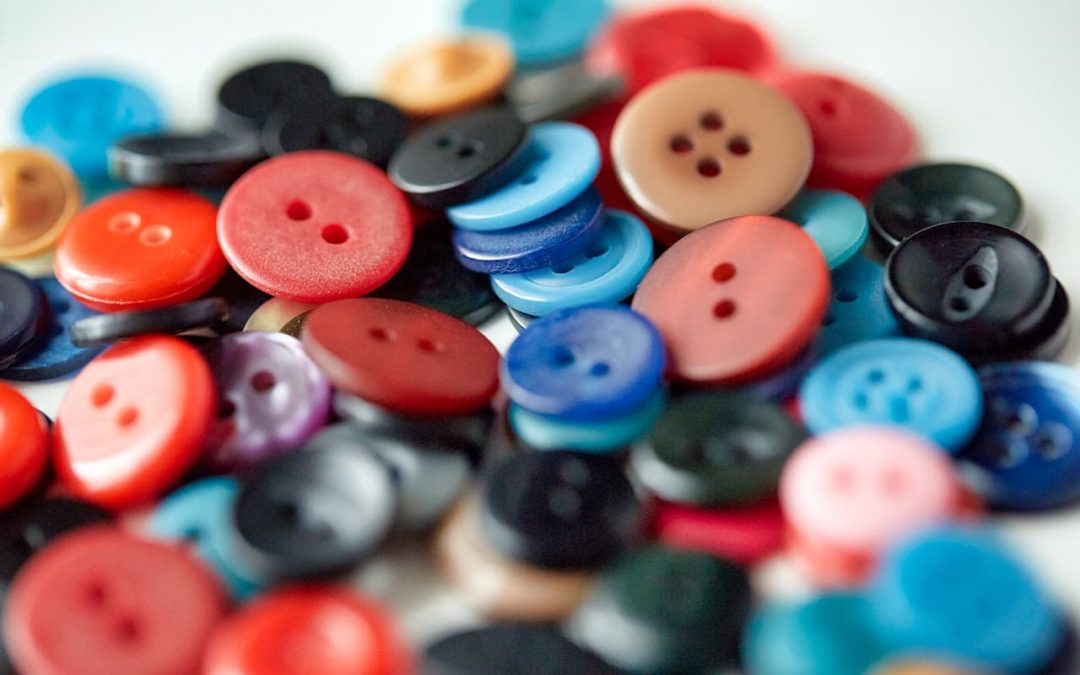“Why does dry cleaning seem to break shirt buttons?” It’s a common question. Many people with jobs that have professional dress codes usually take their wear-to-the-office garments to their neighborhood dry cleaner. So, it might seem as if it’s the dry cleaner’s fault.
The more likely scenario is that it’s just the standard lifespan of the button. Buttons and other accessories attached to your clothes stand a better chance of staying in one piece if you take your garments to a reputable dry-cleaning establishment that maintains high levels of quality and service. They know that garment care means paying attention to the buttons, as well as the fabric. Here’s what you need to know about buttons.
The Lifespan of a Garment
We tend to expect a lot from our clothes – especially our favorites – but studies show that the average lifespan of a shirt is about 50 wearings. Non-iron shirt fabrics that you’ll launder at home are chemically treated.
If you take a look at the manufacturer label on your garment, you’ll see the recommended cleaning instructions for it. This is required under law by the Federal Trade Commission. The label is supposed to have cleaning instructions that apply to every part of the garment – including buttons. Your dry cleaner relies upon this information. They’ll make decisions based on it, as well as cleaning methods that will help to extend the lifespan of the garment’s fabric.
Unfortunately, in many cases these garment care labels are incorrect. You’d think a garment manufacturer wouldn’t want to take such chances, but their negligence means that buttons may be made from substances that become brittle when exposed to dry cleaning methods.
In extreme cases, the button might be made of a material that dissolves! In most cases, though, the buttons react to the dry-cleaning fluids used and stain the nearby fabric. Or they lose their finish and change color.
Button Types Make a Difference
Top quality garments often use buttons made from natural materials such as shell or bone. These are naturally brittle and will chip or crack even during regular wear. About 60 minutes is the average time a garment spends in a dry-cleaning machine – which “washes” it with special liquids and then dries it at a very specific temperature. Buttons made of natural material would likely chip or break. These buttons are also expensive to replace. Some large shell or bone buttons can cost up to $10 each.
Before cleaning, a reputable dry-cleaning establishment will wither wrap these types of buttons in heavy aluminum foil, or protect them with specially designed covers.
Not-so-high-end garments tend to stick with plastic buttons. They’re manufactured from a polyester resin that gives some extra strength. Multiple launderings – whether it’s dry cleaning or not – breaks down the structure of the resin and the buttons become brittle. The natural aging process causes most to break.
Don’t be shy about voicing a concern you have about buttons and other attachments on your favorite garments. A quality dry cleaner wants to keep you as a customer – which is more likely to happen if you’re not asking about what happened to your buttons. Learn more about our personalized services.
